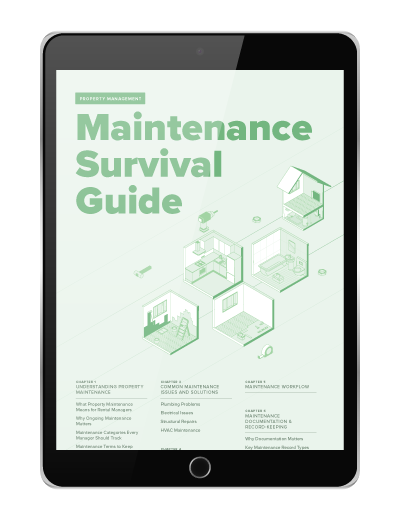Generally speaking, property owners and managers are not required to allow tenants to have pets.* And, in fact, many properties exercise their option to decline pets on premises—for example, in San Diego, CA nearly 60 percent of all properties do not allow cats, while another 80 percent don’t allow dogs. However, according to the American Veterinary Medical Association, as of December 2006 there were nearly 82 million pet cats in the United States and more than 72 million pet dogs. Clearly, there is a great divide between landlord and tenant interests when it comes to rental pet policies.
Property managers looking to lower their vacancy rates should keep in mind that, long-term tenant or not, renting is an inherently temporary situation. Would-be tenants are more likely to seek out rental options that allow them to keep their pets than they are to get rid of animals for a short-term situation.
Vacancy rates aside, it’s nonetheless easy to understand any property owner’s reluctance to allow pets. Animals open a unit up to more potential damages and can cause noise and safety issues in a complex, not to mention a host of other problems that are often simply not worth the hassle. Be aware, however, that just as there are reasons for banning pets in your property, there is also a valid argument for allowing them. As the statistics above clearly indicate, allowing pets expands your pool of potential tenants. Also, because pet owners have fewer options when it comes to finding a rental, chances are they will tend to rent longer than their pet-free counterparts.
Ultimately, whether or not you allow tenants to have pets comes down to weighing the costs and benefits based on your own set of circumstances. The following considerations should be used to help those that do opt to allow pets follow some best practices for doing so.
- Be sure to include an additional pet deposit in your tenant’s initial payment to cover any animal-related damages or expenditures. (An additional $100 to $300 deposit per pet is standard; check your state and local laws, but generally such deposits should be held in an escrow account.)
- Include a special lease term stating that permission to keep a pet may be revoked at any time.
- Set forth clear standards and expectations for pet owners from the get-go. For example, let your tenant know what your rules are for pets when it comes to common areas, noise levels, and cleanliness standards.
- Establish a clear set of guidelines for handling pet-related neighbor complaints and other such issues.
- Consider designating only specific apartments for pets.
- Set a maximum number of pets allowed per apartment (two is standard).
- According to the ASPCA, many landlords err by basing their acceptance of a pet solely on size regulations (i.e., only pets 20 pounds or smaller are allowed). Rather than size restrictions, the ASPCA suggests providing potential tenants with only general average size restrictions and evaluating each animal on its own merit. The organization points out that a larger, sedate dog can be far less hassle than a small, constantly barking dog.
- Finally, the Community Association Institute points out that, really, “Pet rules are about people with pets rather than about pets.” With this in mind, they recommend determining how responsible the tenant is through referrals and recommendations from references and previous landlords rather than concentrating on the pet itself.
- Take care to define exactly what a “common” household pet is in your pet policy (according to the ASPCA, this is usually defined as dogs, cats, rodents, rabbits, and fish). According to the Community Association Institute, exotic pets (reptiles, wolf-hybrids, and monkeys) are on the rise; allowing such non-traditional pets can lead to a host of other requirements as mandated by state and local laws.
If you do allow pets and are looking to lower your vacancy rates, you may raise your property’s visibility to would-be tenants by posting your rental listing on DogHouseProperties.com or PeopleWithPets.com, both of which are geared toward renters with furry friends. Check out the Humane Society for some state-specific pet-friendly rental listing pages.
The Humane Society also offers some great free online tools for property managers and landlords, to assist with making renting to pet owners as straightforward and hassle-free as possible. Click here for everything from a suggested pet lease addendum to a pet application form.
* Please keep in mind that you should check your state laws and be aware that the Federal Fair Housing Act requires that all properties allow service animals for disabled tenants; additional state information can be found here. Also be aware that according to the Quality and Housing Work Responsibility Act of 1998, Section 526, public housing and public housing agency (PHA)-administered Section 8 assistance programs must allow residents to have one or more common household pets, subject to the reasonable requirements of the PHA.
Read more on Leasing

